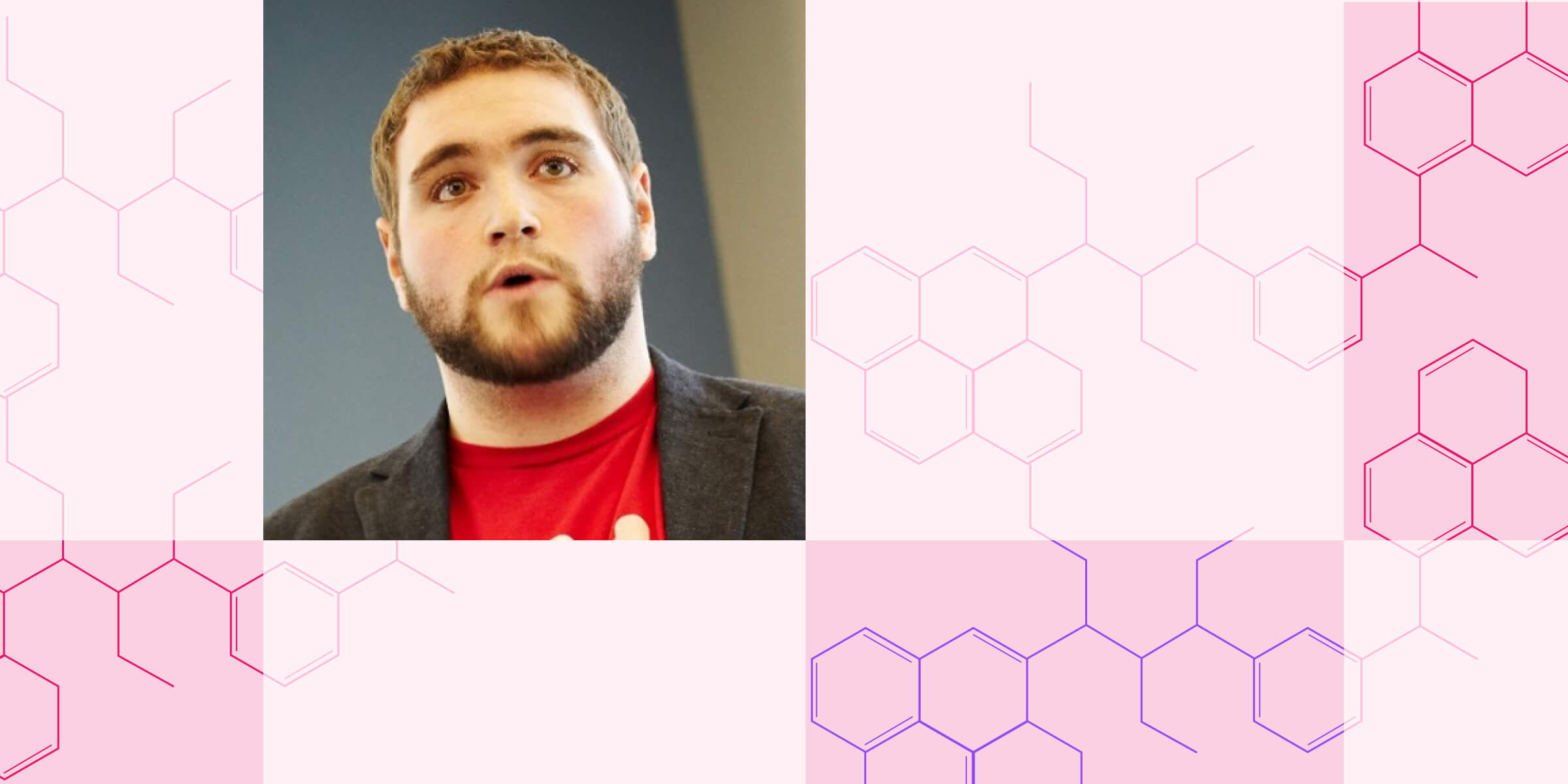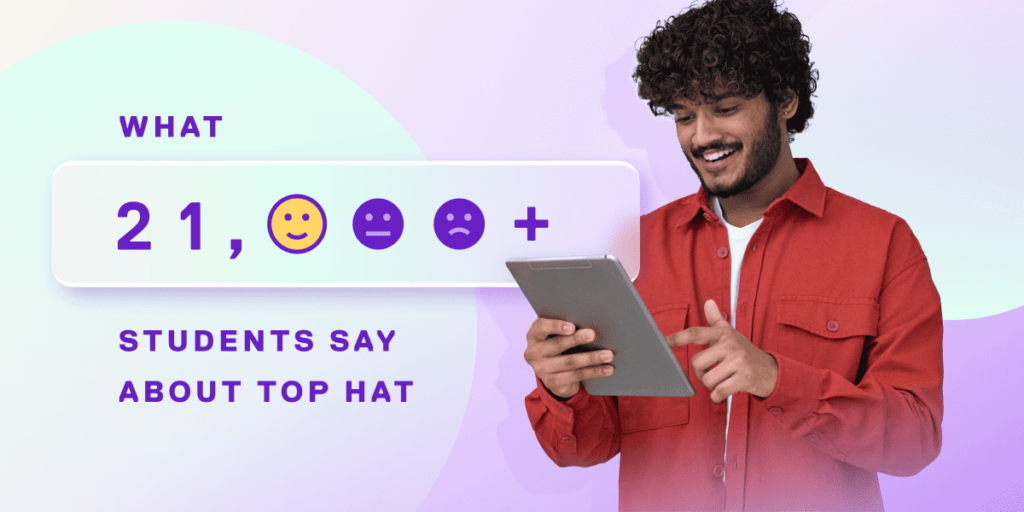When NYU declined to renew the teaching contract of respected and experienced Organic Chemistry professor Maitland Jones Jr., it was national news. And the circumstances surrounding and leading up to the contract termination have fuelled discussion and debate among higher education observers and stakeholders.
The short version is that students in the professor’s courses were struggling. They were not passing their assessments and since Organic Chemistry is a precursor to medical school consideration, that was a big deal. Students were also unhappy with the instructor’s demeanor and grading policies. A few—a reported 30 out of 475—started a petition asking for help. NYU made concessions and declined to keep Jones.
It did not have to be that way.
Here’s a radical idea that may have aided the students, retained a valuable teacher, and kept NYU out of this public and likely embarrassing debate.
When students ask for help, give it to them.
The fact is, Organic Chemistry is a hard course, and it should be.
But as someone with a Ph.D. in Chemical Engineering and as the founder of a company that provides a learning platform designed explicitly for Chemistry students, I know that it’s possible to help students perform in their courses without sacrificing rigor or the standards of instruction. Which, given a do-over, is probably what everyone involved in this Jones/NYU saga would have preferred.
There is no doubt about it that the pandemic has caused a significant amount of learning loss for students. It’s also true that the learning habits of Gen Z are different from cohorts before. But nothing is going to change either of those things, and this is where educators, institutions, and ed tech companies need to rise to the challenge.
There are two things in particular that can help struggling students learn in challenging STEM courses—addressing student gaps before their course even begins and providing students with the right opportunities for practice. These two attitudes may seem obvious, but both are in short supply on most college campuses, especially in career-track Chemistry courses such as Organic Chemistry.
It may not surprise you to hear that a student’s understanding of the prerequisite material for a college-level Chemistry course can be a strong predictor of outcomes in the course itself. Chemistry professors have studied these effects for at least over 80 years, such as the level of Math proficiency as a predictor of performance in introductory college Chemistry courses. A solid understanding of concepts such as Lewis structures, acids and bases, thermodynamics, and kinetics is critical for student success in Organic Chemistry.
But what to do about it? In response to the pandemic, many instructors and departments have spun up “boot camp” programs. These programs, often free to students and offered over the summer or right before the semester, give students a zero-risk opportunity to get up to speed on crucial foundational material and even get a head start on the upcoming work. As one example, Texas Christian University has successfully targeted a boot camp program towards at-risk students for their General Chemistry course and has seen dramatic improvements in student performance. These boot camps often also allow students to foster community and study groups that lead to better study habits going into their semester.
Without the resources to support a boot camp, courses and departments can look to emerging personalized learning technology that can address student gaps by tailoring homework assignments to the individual. Those that foster the learning science of spaced repetition are even better.
The other thing we know works for Chemistry and STEM students is practice—oodles of zero-risk trial and error. Here, I mean opportunities for students to work on a problem and get feedback to see why they did or did not get it right. For any STEM discipline, a student can understand concepts but applying those concepts to presented problems is how they’re expected to show comprehension and skill attainment. And that takes practice.
Practice opportunities are available, I know. But they often come in the form of practice tests or quizzes that repeat questions and provide answers without the ability to highlight the missteps or learning points along the way. They also too frequently come in the format of multiple-choice questions, which is far from the format students are expected to face in a university-level exam setting. Chemistry students must draw structures, write names, and balance equations—not just pick an answer from four or five options.
Accessibility can also be a challenge. These existing practice and repetition options usually exist in books or sometimes deep within learning management systems, making them clunky or downright inaccessible to many students who need the practice to be more on-demand and consistent. Worse, learning tools for high-level STEM subjects are often built on antiquated technology that is often not compatible with students’ smartphones, thus blocking them from engaging. Studies have shown that smartphones are becoming increasingly important to student learning, enabling an abundance of opportunities for them to engage in their course material.
However it comes, chemistry practice opportunities have to be both abundant and without a grade and connected to the classroom experience. Students must feel free to try and fail. It’s hands down the best way to learn.
Still, and to be clear, even with boot camps and better technology for on-demand practice, the responsibility for learning rests with the students. They have to use the tools and get help. They have to put in the work. But without the best learning resources, we leave students in these big gateway courses to sink or swim, and far too many sink too often. And when that happens, as we’ve so clearly seen in this Jones/NYU case, everyone fails.
There are many lessons to be observed and debated in what happened at NYU. But one lesson we should learn is that Chemistry students can learn—even Organic Chemistry. The best path is to do everything we can to help them.
Justin Weinberg is the co-founder of Aktiv Learning and the Vice President of Product at Top Hat.


